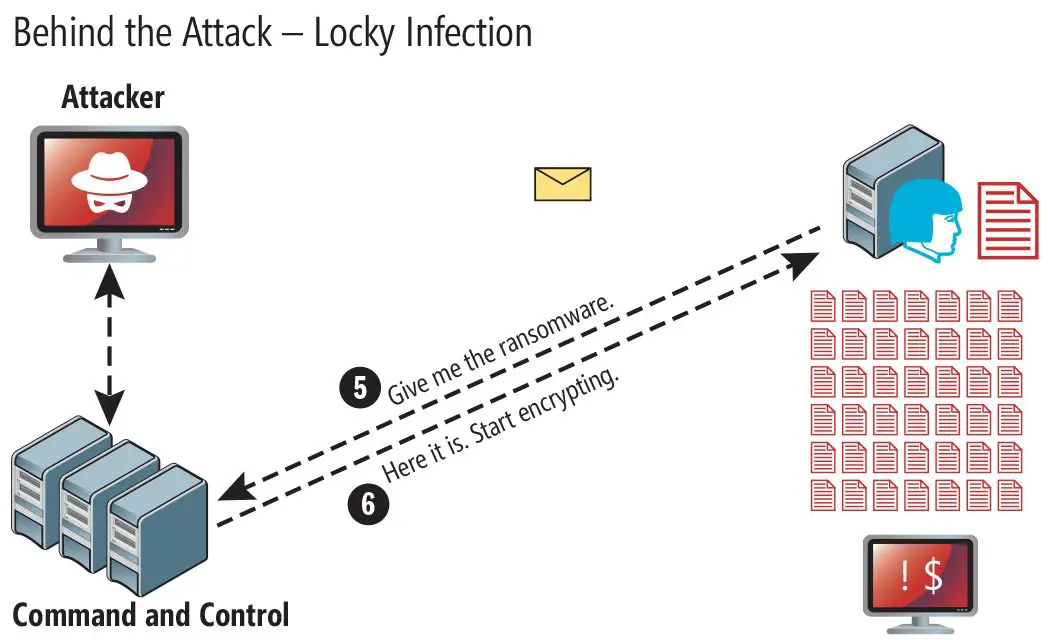
Violent Fungus C2
I’m building a command and control (C2) program suite to learn C2 software design and implementation at a fine-grained level (using MITRE ATT&CK C2 Techniques https://attack.mitre.org/tactics/TA0011/ and existing C2 software as reference).
Core Goals
- Small binary size.
- Lean on resources.
- Able to run on smaller ARM boards with 512MB of RAM and potentially embedded devices.
- Handle a large number of active agents.
- Use Qt C++ as much as possible/appropriate.
- Target GNU/Linux, NetBSD 9+, OpenBSD 6.9+, FreeBSD 13+, Microsoft Windows 10+ and Server 2016+, and Apple macOS 10.5+.
- Architectures should be somewhat normal including x86, x86-64, ARM32, and ARM64 in particular.
Core Features
- Support a large number of server services: HTTPS, DNS over UDP, FTP, SMB, ICMP, SMTP, raw TCP, and raw UDP, etc., shooting for more than anyone else.
- Multi-user server and agents: multiple users can use the server and communicate with the same agents at the same time.
- Plugin support: Unsure of the best way to implement this yet but would be nice if Python plugins were possible at the very least. Perhaps using Qt’s signals/slots mechanism?!
- Agent…
- relaying: relay communications to the server via other agents and to agents via other agents (return path doesn’t have to be the same).
- time/day schedules: only operate on certain days and times, such as work hours.
- queues: queue multiple commands/requests.
- multiple server service communications: optionally communicate over multiple server services if available (such as multiple DNS queries and then SMTP) within the same session.
- communication playbooks: predefined communication ordering to emulate normal traffic.
- Asymmetric and symmetric encryption: rotating keys, key expiration, and using existing industry standards of AES and DSA, for example. Perhaps ChaCha on ARM boards and older processors that don’t have AES instructions available?
- Decoupled transmission, data chunking, and data modification: allowing for independence at each level, one-to-many relationships, and independent plugin support.
- Server API: frontends can use the remote server API, allowing for a decoupled experience where user interfaces can be remote and in whatever format is needed.
Install & Use
Copyright (c) 2021, Chris Humphries
All rights reserved.